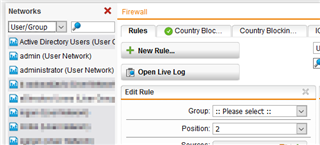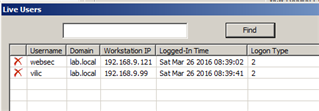Reason I ask is that the documentation for it is unavailable, unless I've missed something, however, based on some other threads I perceive there to be the possibility of using STAS created objects within firewall rules. Initially my assumption for STAS would be that it would strictly be used for the Web Protection module only.
On behalf of the crowd here, I'd like to ask for some documentation on how STAS is to be configured, and where it can be used through out the UTM.
Cheers





